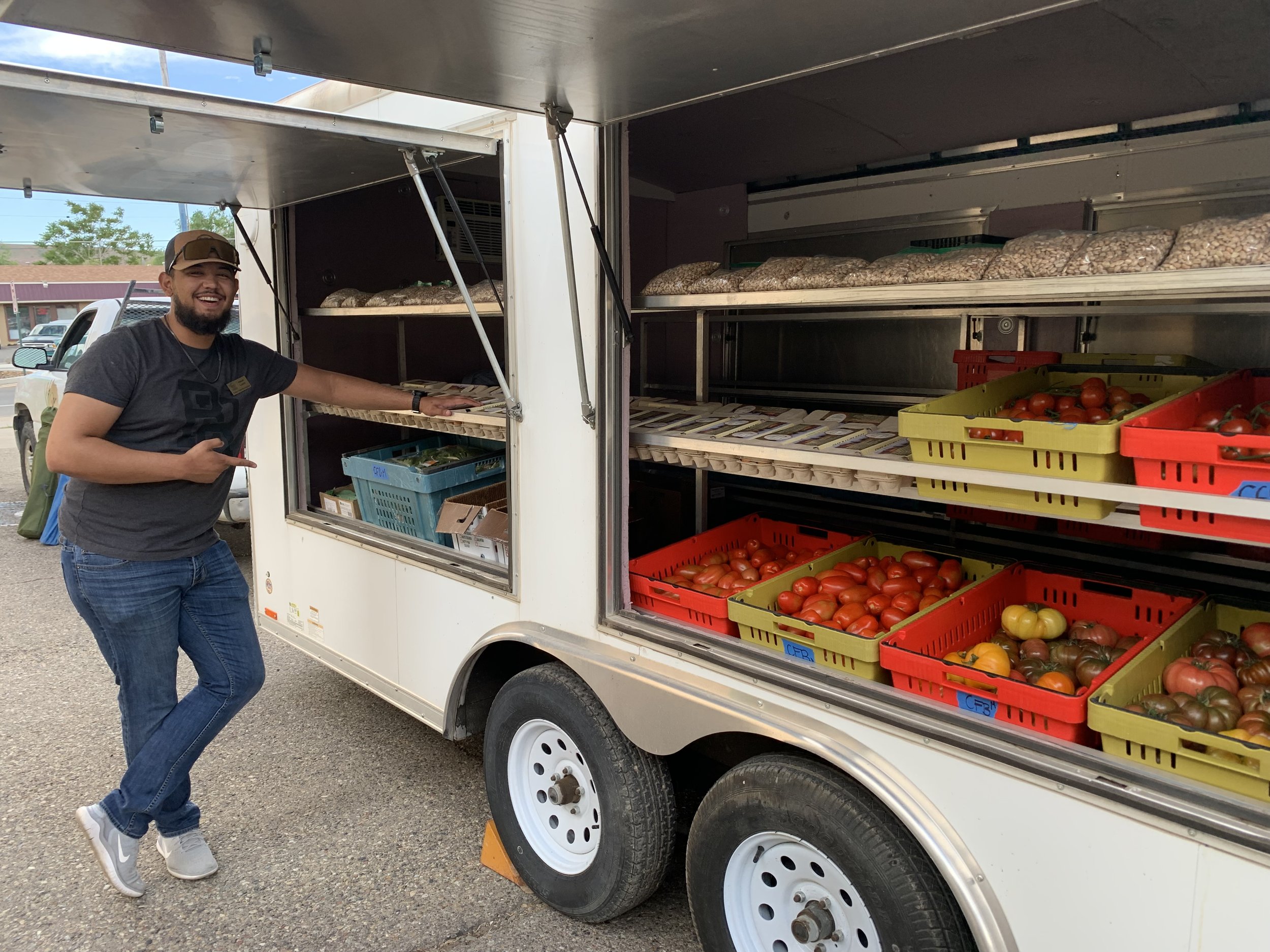Grand Junction food bank earns coveted chance to improve WIC engagement
It’s a known challenge within the Women, Infants and Children (WIC) program in most communities. How do we get more people eligible for the program to actually use it?
The Community Food Bank of Grand Junction is tackling that question with a significant grant from the USDA. One of only 36 organizations selected to participate in the work, the food bank is certainly one of the smallest and also one of the few in a more rural part of the country.
“We are just thrilled. We have been building relationships with people who can help us meet and serve those families, but this grant will allow us to do it in a more intentional and focused way,” said Alisha Wenger, executive director of the Community Food Bank. “We’ll have the ability to really test our assumptions, create solutions that work for families, and then focus on retention.”
The 18-month project will focus on increasing awareness and participation in WIC for families with young children in Mesa County. The $208,000 grant will allow a multipronged effort to both identify participant need and preference, create and expand relationships with strategic direct service providers like childcare centers, and allow for ongoing resource navigation.
Pictured is Jesus Loera, Outreach & Impact Specialist for the Community Junction Food Bank, working the first mobile fresh market with partner organization La Plaza in Palisade. The array of local foods is from the Western Slope — purchased with funds from the state’s Local Food Purchase Assistance grant and sourced by partners at Early Morning Orchard, who are generously donating the use of their market trailer.
Innovative outreach activities include integration with their food pantry’s bilingual resource navigation for application assistance paired with on-site nutrition exploration activities. This includes food demonstrations and tastings in collaboration with community partners.
Current Mesa County WIC participants will join and guide project efforts through participating in focus groups to serve as WIC consultants to consistently review and advise project materials, efforts, and activities. (Those interested in participating can find out more and sign up online.)
“We’ve been doing these pilots, nutrition exploration activities, and bilingual resource navigation at the pantry – we want to scale those successful pantry programs and take them on the road with mobile food access and increased partner outreach efforts. But mostly we’re just having fun together and working to foster positive experiences around nutritious food access” said Wenger.
This USDA grant joins several others that the Community Food Bank has assembled to help them innovate around what equitable accessibility looks like as well as to allow the expansion of various pilot programs, including ones that bolster local procurement and build community engagement. In addition, the organization is expanding its mobile outreach to overcome transportation barriers and fill in critical areas of food deserts in the county by launching a mobile no-cost local foods market.
“This work is new here on the western slope,” Wenger said. “We’re looking to build on this with the help of the WIC CIAO grant to authentically engage the community and allow them to guide some new approaches to addressing food insecurity in Mesa County.”


